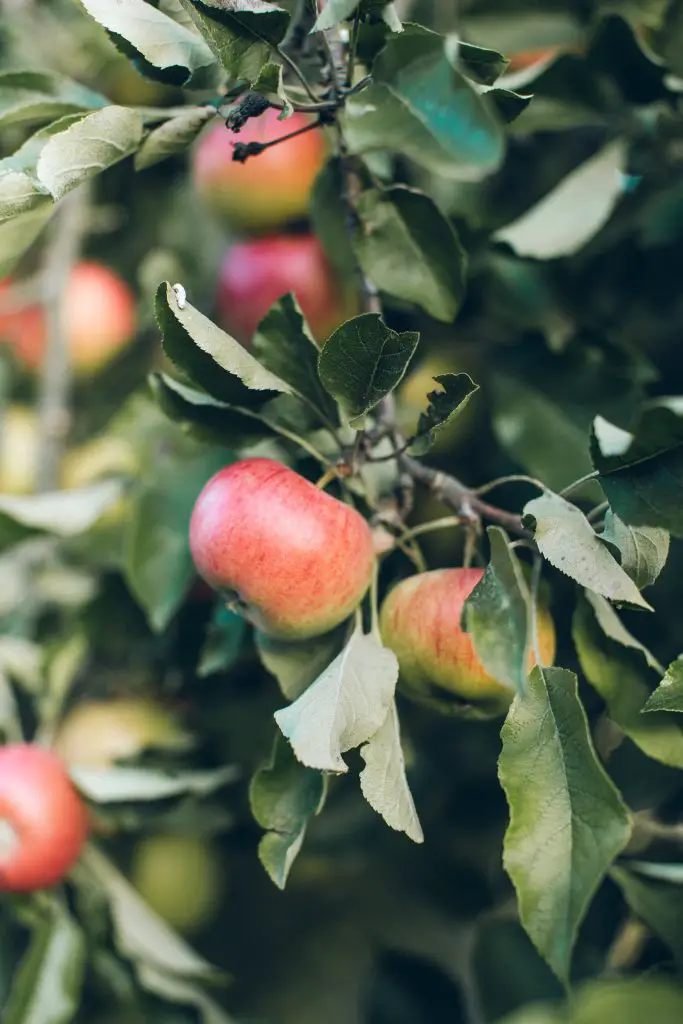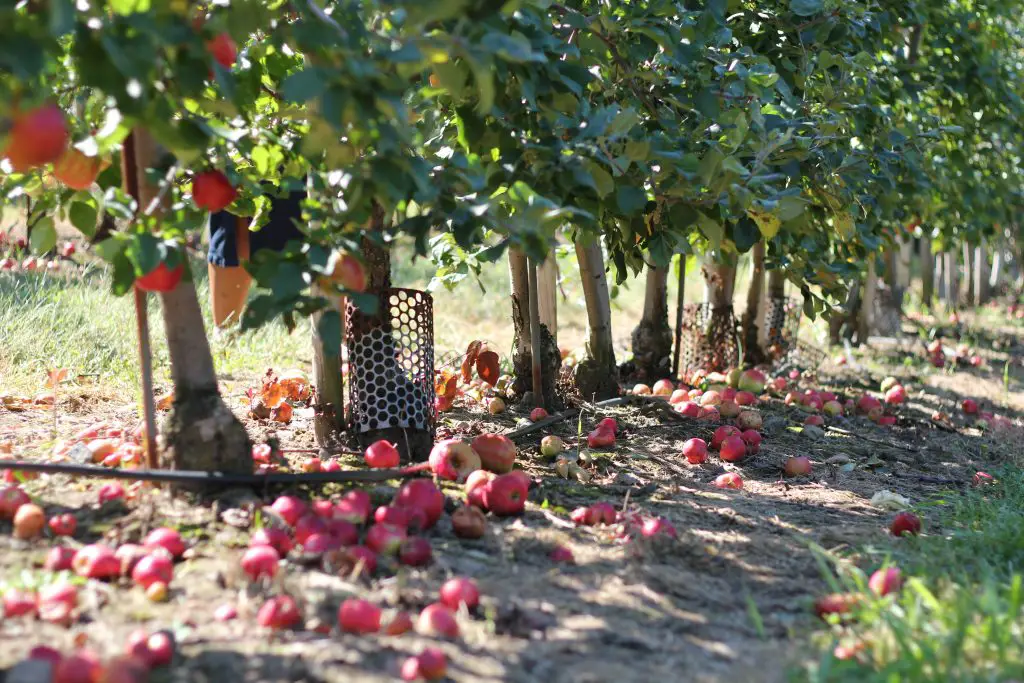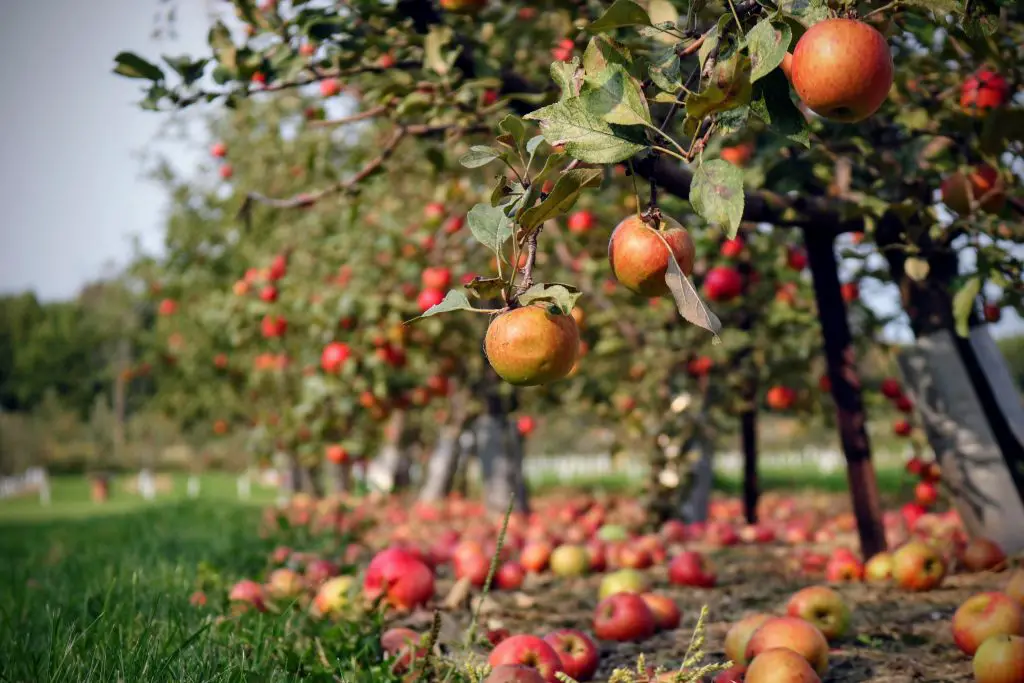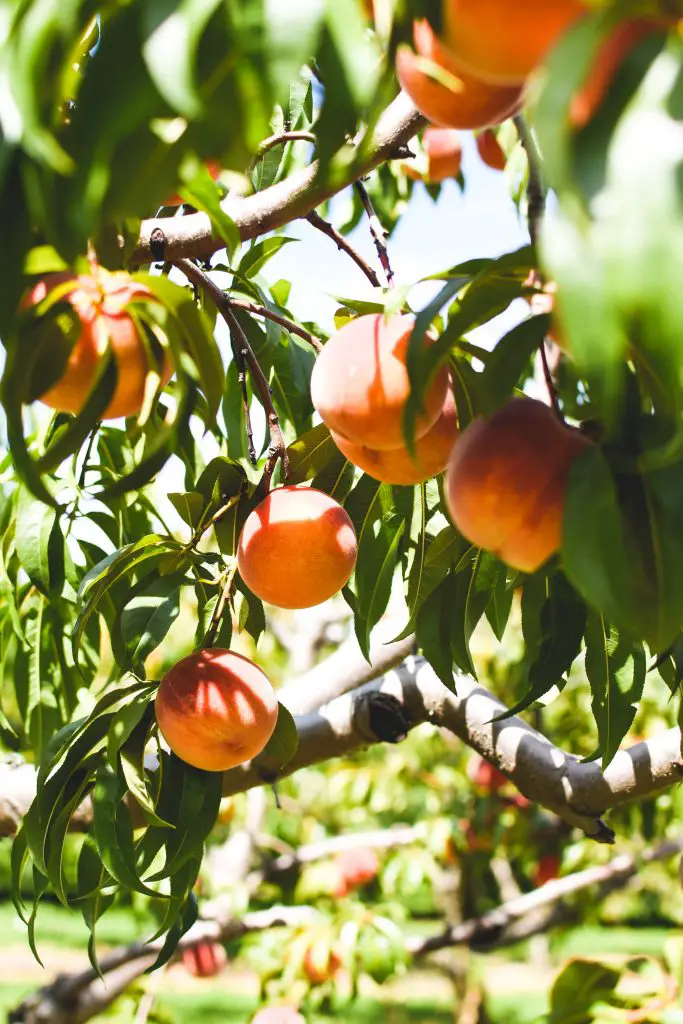Should I Top My Fruit Trees? Is That The Right Thing To Do? For those people that grow their own fruit at home one of the most common questions is should I remove the top of the fruit tree and what effect is it going to have on the growth?
Topping fruit trees is a good idea to limit the size. This is advantageous because it makes managing the fruit tree much easier in several ways and will help to improve the yield that you bring into your kitchen as you will be able to pick more of what is on the tree and also protect the fruit more easily.
It may seem counterintuitive to reduce the size of the tree and therefore increased the yield that you bring into the kitchen, however, the reality is that most people will only pick the fruit that they can reach when standing on the ground. Additionally, it is also highly impractical to net a large tree to protect the fruit from birds which means that you will often lose the vast majority of your crop to the wildlife before you have an opportunity to harvest it.
We certainly experience that this year when we had a plum crop completely cleaned out by the local population of rosellas before we could harvest anything.

As such we recommend that you keep fruit trees to a height of approximately 6 ft off the ground irrespective of the type of fruit tree. In my own garden I personally you espalierr all of my trees because this helps to reduce the space taken up by the trees.
Having small fruit trees is also highly advantageous because it means that you can fit a greater number of different varieties in your garden. This can allow you to spread the harvest across many months and ensure that you have a little of each variety rather than one big glut at a certain time of the year.
When To Remove The Top Of A Tree
Managing your fruit trees and pruning them should be an ongoing process that occurs every single year rather than topping them in a single year and leaving them to their own devices. The best time to remove the top of the tree or prune it will depend upon the age of the tree and what you were trying to achieve.
As a general rule if you prune in winter that will encourage the plant to produce strong vigorous growth whereas if you remove the top in summer it will reduce the extent to which the tree reshoots. It is also important to note that the extent of this will often be dependant on how aggressively you prune. Generally, if you remove larger volumes of the branches from the tree it will respond aggressively.
So if you have a relatively young tree and you want to encourage it to increase in size it is best to prune in winter whereas is if you want to maintain the existing structure of the plant it is better to prune in summer.

How To Create An Espalier
Espaliering trees is the most useful way to train trees in your garden because they can be used to create beauty and structure within your garden while maximizing fruit production especially as can be implemented on just about any variety of tree. However, some trees lend themselves to the creation of formal espaliers whereas other varieties are far more suited to informal espaliers.
Formal espaliers are those in which you have a pre-determined branched structure that you are creating. The most common form of this, and also the easiest to create, is the T form. This type of structure is most suited to things like apple and pear trees though I have also successfully created formal espalier from plum and also cherry trees.
To create an espalier it is best to purchase a very small tree and plant it in early spring before it is beginning to shoot. When creating an espalier it is best to put the support structure in place prior to planting the tree. It is best to play two posts approximately 6 to 7 feet apart and run wires horizontally between the posts at intervals of approximately 1 foot in height.
For most of my own espaliers as I typically end up with 6 tiers of branches on each tree. To create the first tier of the espalier plant tree in a central position between the two posts. Once the tree is in position cut the central branch to the height of the first horizontal wire. The cut that you will make will encourage the tree to put on growth throughout the growing season in most cases the tree will produce 3 shoots.

The two shoots on either side of the central leader can be folded down and tied to the wire at the end of the season the tree should ideally then be left throughout the winter before being pruned just before the weather starts to warm up. To create second tier of the tree cut the central leader to the height of the second wire.
This process can be repeated year on year until you have the desired tree height. You will find that as the tree develops over time you will need to remove side shoots that it produces to maintain that formal structure. To encourage the formation of fruit buds on things like apple and pear trees it is best to leave approximately an inch of growth off the main stem. Over time these little short stubs of branches will turn into fruit spurs.
The process for creating an informal espalier is significantly different and is generally most suitable for citrus trees and certain stone fruit such as apricots and nectarines. When creating an informal espalier tree it is necessary to have a more significant support structure as you will not be able to predict precisely where you need to tie the branches.
The ideal support structure is either temporary fencing or reo mesh which has a grid-like structure that allows branches to be tied in many different locations. Once the support structure has been erected it is best to plant the fruit tree in front it in a central position.

To start the process bend the branches that you can onto the support structure and then tie them in. Any branches that cannot be tied in or are pointing directly out from the structure need to be removed.
As branches appear they can be continually tied in or removed as required to create eventually a solid wall of fruit tree that is two-dimensional. This two-dimensional structure will reduce the amount of space taken up by the plant and also will make it extremely easy to place a net over the top if it is a fruit that is susceptible to attack from local birdlife.
I hope you found this article useful and have great success with your fruit trees at home if you have any additional questions or comments please leave them in the section below.
Relevant Articles
7 Easy Steps To Creating An Orchard In Your Own Yard
How Much Fruit Does A Plum Tree Produce?
How Many Pears Does A Tree Produce?
How Many Apples Does One Tree Produce?
